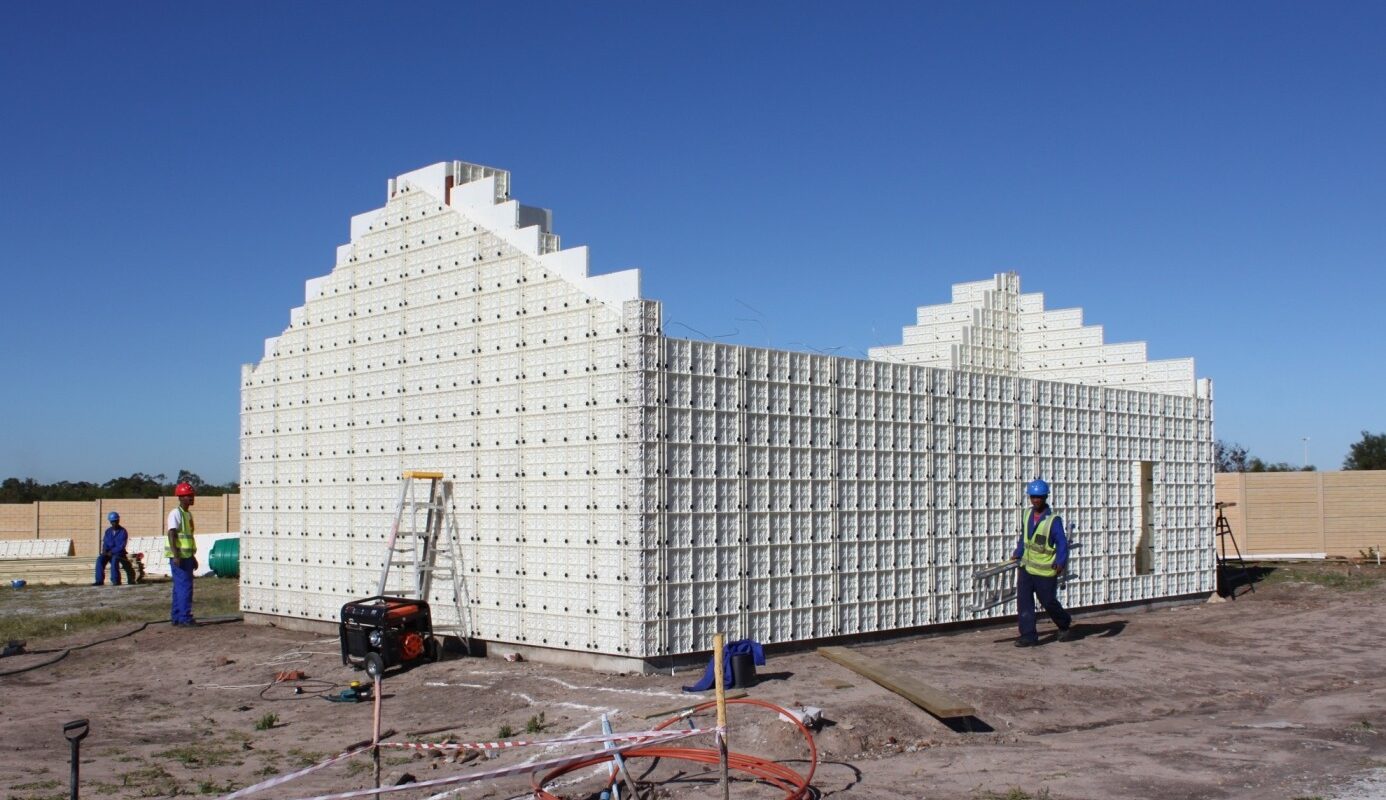The
South African formwork market
is estimated to be valued at US$ 280.03 Mn in 2023 and is expected to exhibit a CAGR of 4.3% over the forecast period 2023 to 2030, as highlighted in a new report published by Coherent Market Insights.
Market Overview:-
Formwork refers to any surface or system that supports and contains wet concrete until it hardens and gains enough strength. Formwork comes in numerous designs, with wood and steel being the most common materials used for form construction. In South Africa, formwork is majorly used in the construction of residential and commercial buildings, infrastructure projects such as roads, bridges, tunnels, and dams.
Market Dynamics:-
The growth of the South Africa formwork market is majorly driven by the rising construction activities in the country. According to South African Government, construction industry in the country is expected to grow by 3.5% year-on-year during 2023-2026, helping boost the demand for formwork systems. Further, increasing investment in public infrastructure projects such as schools, hospitals, roads, railways is also contributing to the market growth. For instance, in 2022 South African national budget allocation for public infrastructure was ZAR 122.4 billion.
Moreover, rapid urbanization is leading to rising need for housing which is further augmenting the construction of residential buildings. According to Statistics South Africa, urbanization rate in the country increased from 64% in 2015 to 67% in 2021. Additionally, recovery of economy post COVID-19 pandemic is positively impacting the overall construction sector in South Africa.
SWOT Analysis:-
- Strength: South Africa Formwork Market has been witnessing consistent growth over the past few years owing to increase in infrastructure development projects. The market has strong presence of international players with wide product portfolio. Availability of skilled labor force required for formwork installation provides competitive advantage.
- Weakness: Formwork production requires high initial investment which is a major challenge for new entrants. Fluctuations in raw material prices increases the product cost. Dependence on construction industry makes market vulnerable to economic uncertainties.
- Opportunity: Government initiatives to improve transportation and social infrastructure will drive demand. Growing urbanization is increasing needs for residential and commercial construction. Advance formwork solutions offering speed, safety and sustainability creates new opportunities.
- Threats: Stiff competition among existing players limits pricing flexibility. Changes in national policies and regulations can impactproject timelines and costs. Labour shortages and high employee turnover increases project costs.
Key Takeaways:-
The South Africa Formwork Market Demand is expected to witness high growth, exhibiting CAGR of 4.3% over the forecast period, due to increasing infrastructure development projects in the country. The market size for South Africa Formwork was valued at US$ 280.03 Mn in 2023.
Regional analysis
South Africa dominates the regional market with largest share owing to heavy investments in roads, railways and energy sectors. Rapid urbanization has boosted residential construction in major cities such as Johannesburg and Cape Town. North Africa region is expected to grow at fastest pace supported by government initiatives for infrastructure expansion.
Key players
Key players operating in the South Africa Formwork Market are PERI Group, Doka Group, ULMA Construction, Waco International, RMD Kwikform, MESA Imalat Sanayii ve Ticaret A.S, Uni-Span Holdings (Pty) Ltd., Acrow, Faresin Formwork S.p.A, Pilosio S.p.A, Staluform (Pty) Ltd., and Pre-Form (Pty) Ltd. Major players are focusing on new product launches and expanding their distribution network to gain higher market share.
*Note:
1. Source: Coherent Market Insights, Public sources, Desk research
2. We have leveraged AI tools to mine information and compile it




